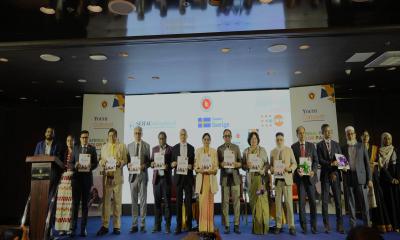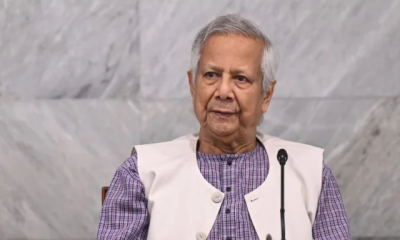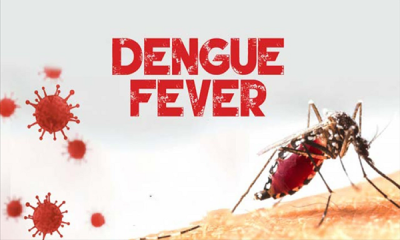Amid reports of worsening air condition, Environment Minister Md Shahab Uddin has ordered the director general of the Department of Environment (DoE) and others concerned to conduct special drives from Wednesday to reduce air pollution.
Three executive magistrates of the DoE will conduct the drives against air-polluting companies and vehicles, he said at the Annual Development Program (ADP) meeting held at the Ministry of Environment, Forest and Climate Change on Tuesday.
To increase the number and extent of drives, a request would be sent to Ministry of Public Administration and Public Security Division for appointing more executive magistrate and law enforcement personnel, he said.
The minister also said inter-ministerial meetings should be held to coordinate with other relevant ministries to take and implement decisions.
“I will participate in campaigns if necessary to create awareness about air and noise pollution,” he said.
He also instructed the project directors concerned to take effective measures to stop use of hydraulic horns and noise pollution.
Dhaka has long been grappling with air pollution issues. Its air quality usually turns unhealthy in winter and improves during the monsoon.
A report by the Department of Environment (DoE) and the World Bank in March 2019 pointed out that the three main sources of air pollution in Dhaka "are brick kilns, fumes from vehicles and dust from construction sites".
With the advent of winter, the city’s air quality starts deteriorating sharply due to the massive discharge of pollutant particles from construction work, rundown roads, brick kilns and other sources.
Air pollution consistently ranks among the top risk factors for death and disability worldwide. Breathing polluted air has long been recognised as increasing a person’s chances of developing a heart disease, chronic respiratory diseases, lung infections and cancer, according to several studies.
As per the World Health Organization (WHO), air pollution kills an estimated seven million people worldwide every year, largely as a result of increased mortality from stroke, heart disease, chronic obstructive pulmonary disease, lung cancer and acute respiratory infections.




-20251226051932.jpeg)
-20251222051606.jpeg)
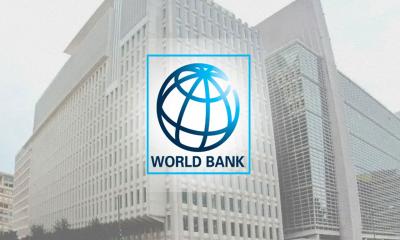
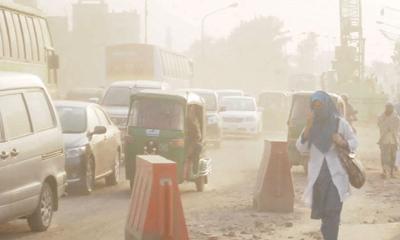

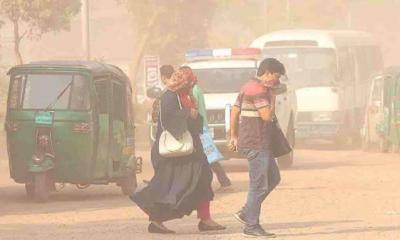
-20251227141313.jpeg)





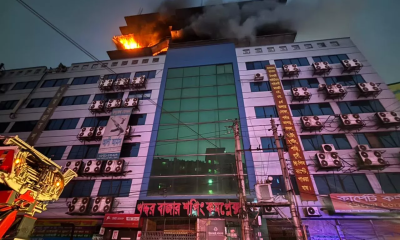






-20251226062607.webp)


